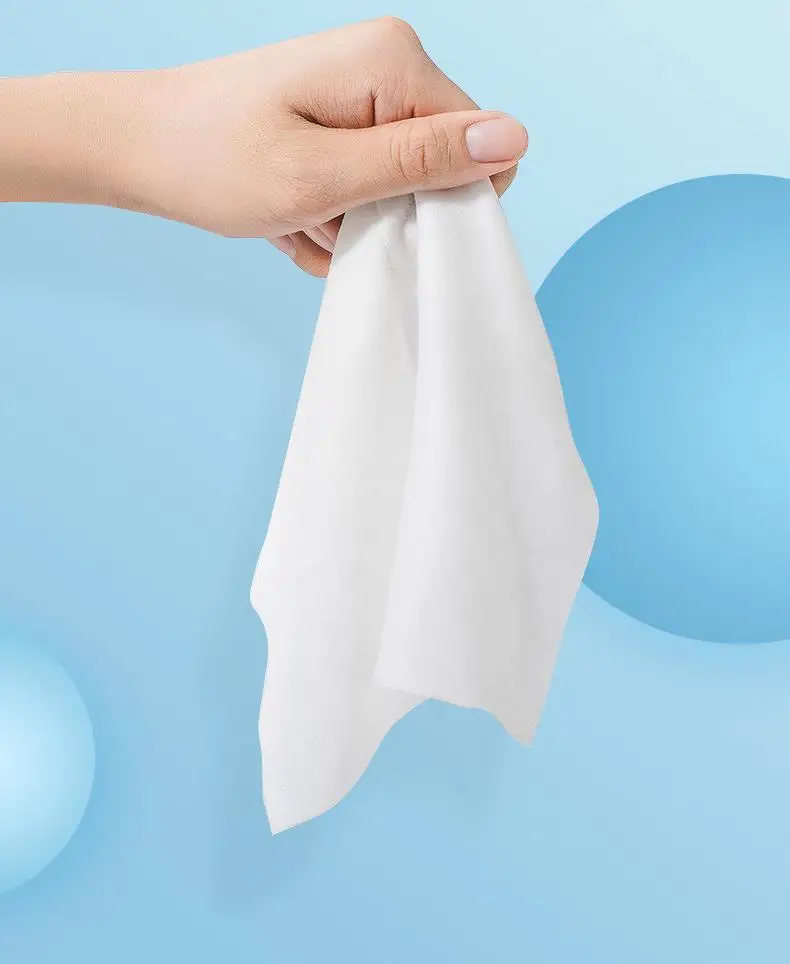
Spunlace nonwoven fabric, also referred to as a non-woven cloth in the textile industry, isn't woven and doesn't comply with the traditional process. Instead, it includes a cloth-like material made of directional or cluttered fiber net with no traditional weaving methods or techniques. It employs the water and also friction between fibers or its adhesive force or the outside adhesive's stubborn strength, or two forces.
The aforementioned details unite threads, i.e., by friction reinforcement, strengthening and hold, or a method of communicating a fiber-reinforced attribute obtained.
Nonwovens originated from the late 1940s and early 1950s. Its technologies involves many areas such as chemical industrial fabrication, papermaking, plastics, polymer, etc.. It has the advantages of a simple product procedure, high production contact efficacy, comprehensive sources of fiber raw materials, multiple products, unique properties, wide applications, and significant economic interest. Nonwoven products are applied to a lot of fields, such as the health care field, agricultural protection, decorative cleaning, hygiene wipes, household cleaning (e.g., wet wipes), decoration and decoration, automotive interiors, clothing cloths, geotechnical building materials, nationwide defense aviation, and other areas.
The production and processing On here of nonwoven fabrics mainly include two parts: First part is your system formation and the stationary network process. The next part is that the finishing and finishing process of nonwoven fabrics.
According to the internet forming technologies can be divided into three categories:
(1) dry process (2) wet procedure, and (3) polymer direct procedure.
The fixed net technology can be divided to a needle punching method, spunlace method, More Information stitching method, thermal bonding method, chemical bonding procedure, etc..
In recent years, in China, lively growth use of petrochemical, polymer, polyester, cotton, viscose materials; swift expansion of the chemical fiber industry; along with the adhesive sector contributed to the fast growth of non-manufacturing technology. On the other hand, the nonwoven manufacturing cloth sector's rapid growth More Information also caused some contamination to the environment, mainly driven by several adhesives and polymer substances.
Green and environmentally friendly adhesives and composite materials have been the key to boosting the evolution of nonwovens. From the nonwoven fabric production process, the glue application is the principal finishing procedure, which affects the nonwoven fabric's physical and chemical properties.
The way to make a powerful blend of web and sticking chemistry?
For exceptional nonwovens, we have to first comprehend the adhesion theory of the glue. Only by knowing the adhesion theory can a bond with superior performance be developed, and nonwovens can be promoted.